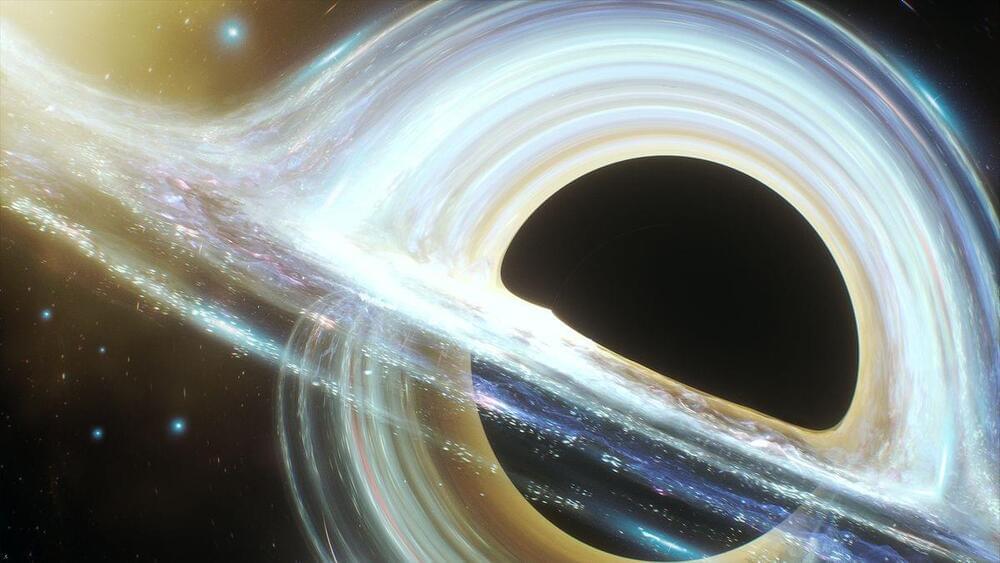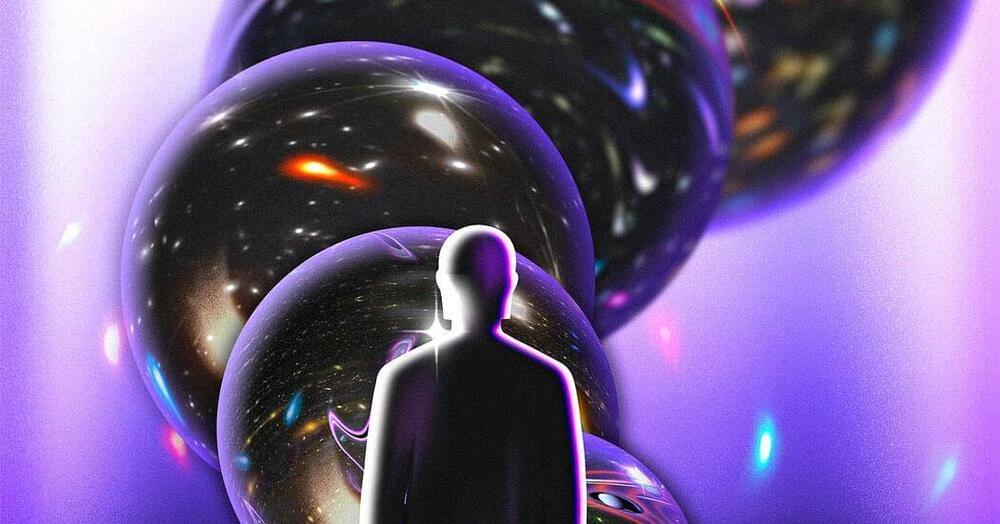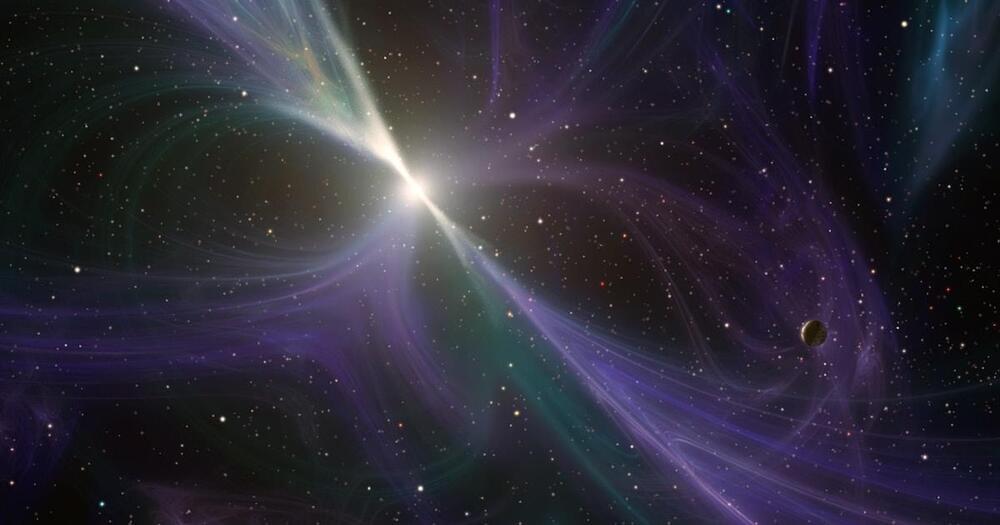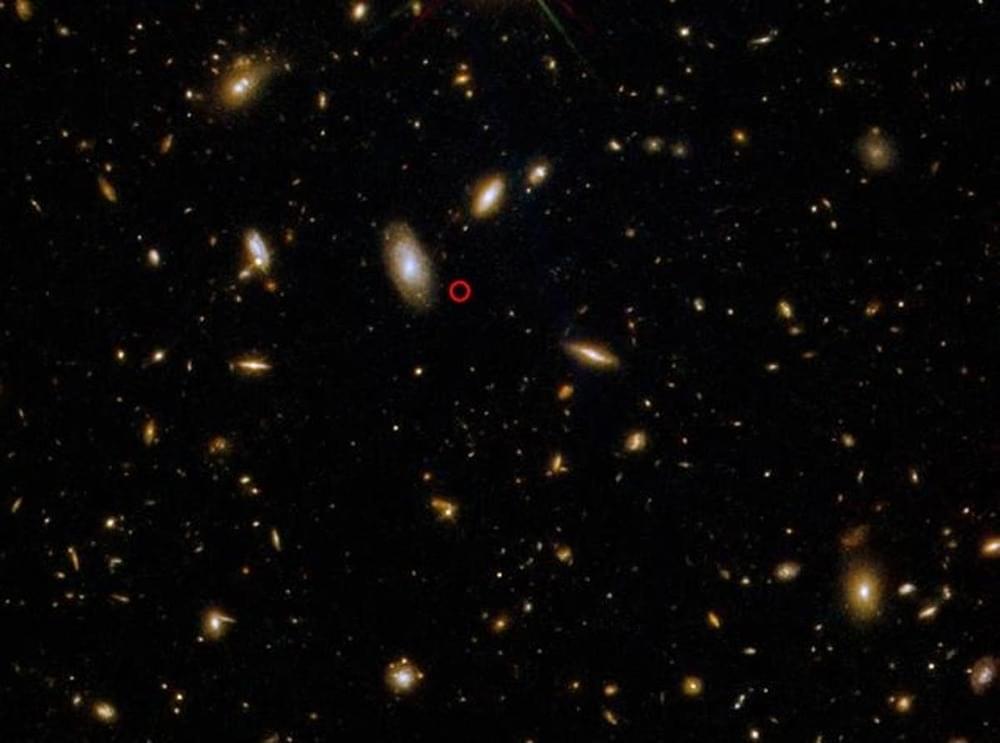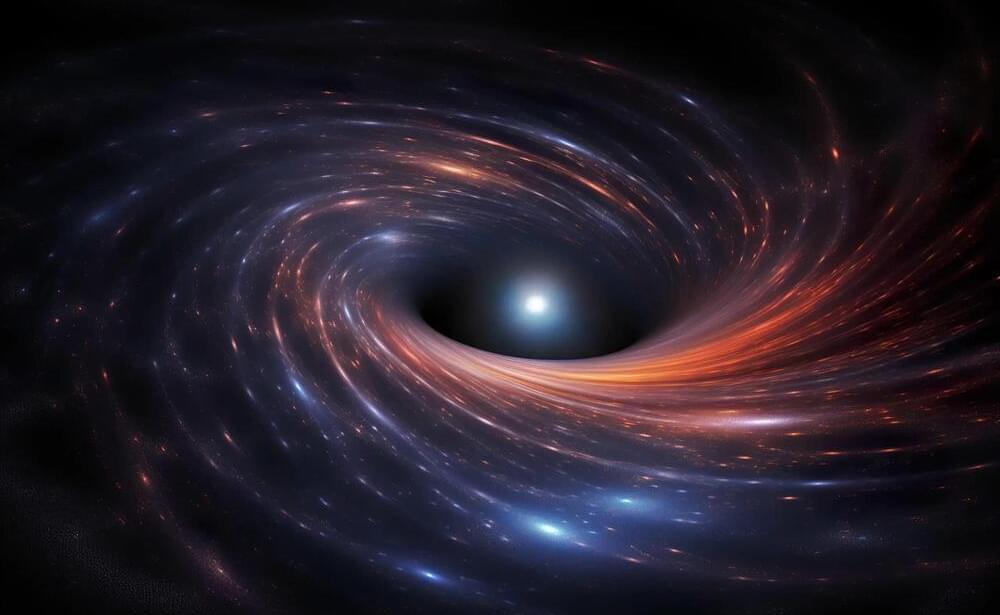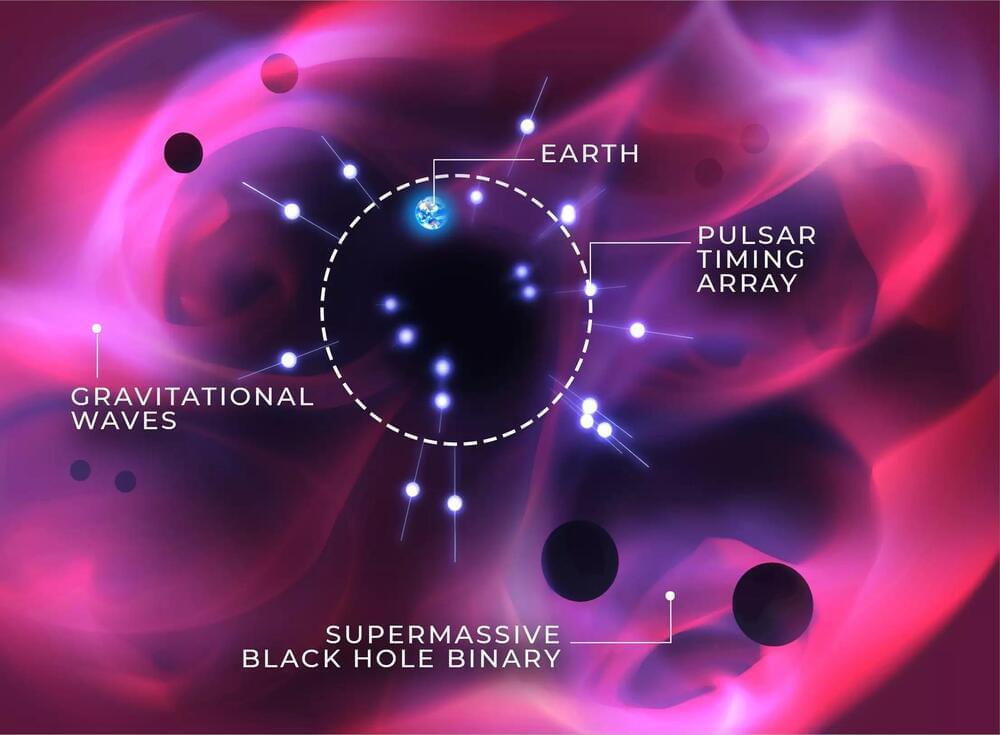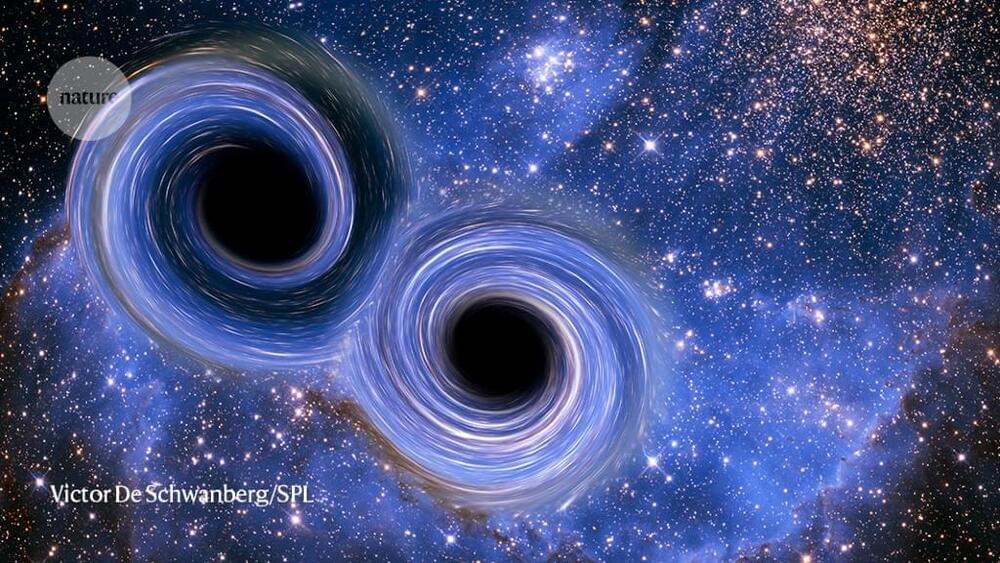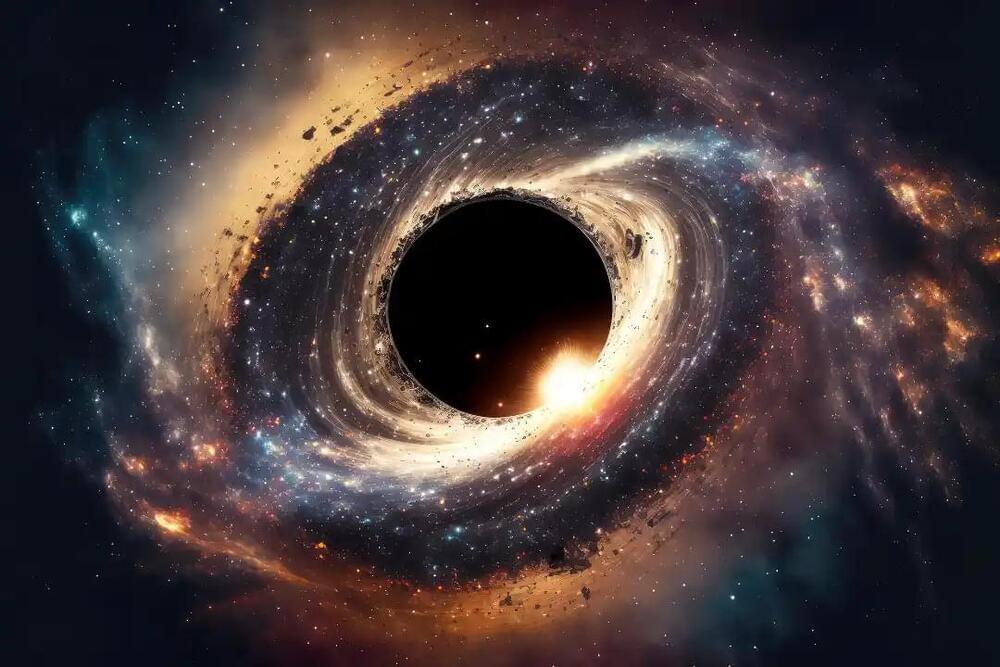
There’s a proverb in astronomy that goes something like, “black holes have no hair.” This indicates that black holes are extremely straightforward entities under the framework of general relativity. The only necessary characteristics of a black hole are its mass, electric charge, and spin rate. You now know everything there is to know about black holes just from those three numbers. That is to say, they are bare; they lack any further data.
This feature of black holes has been a major source of frustration for astronomers trying to figure out the inner workings of these cosmic behemoths. However, understanding black holes and their inner workings is impossible due to the absence of any kind of “hair” on their surfaces. Unfortunately, black holes continue to be among the universe’s most elusive and baffling features.
The present knowledge of general relativity, however, is essential to the “no-hair” black hole notion. The emphasis of this relativity illustration is on the curved nature of space-time. Any object with enough mass or energy to bend space-time around it will provide that object directions for movement.
